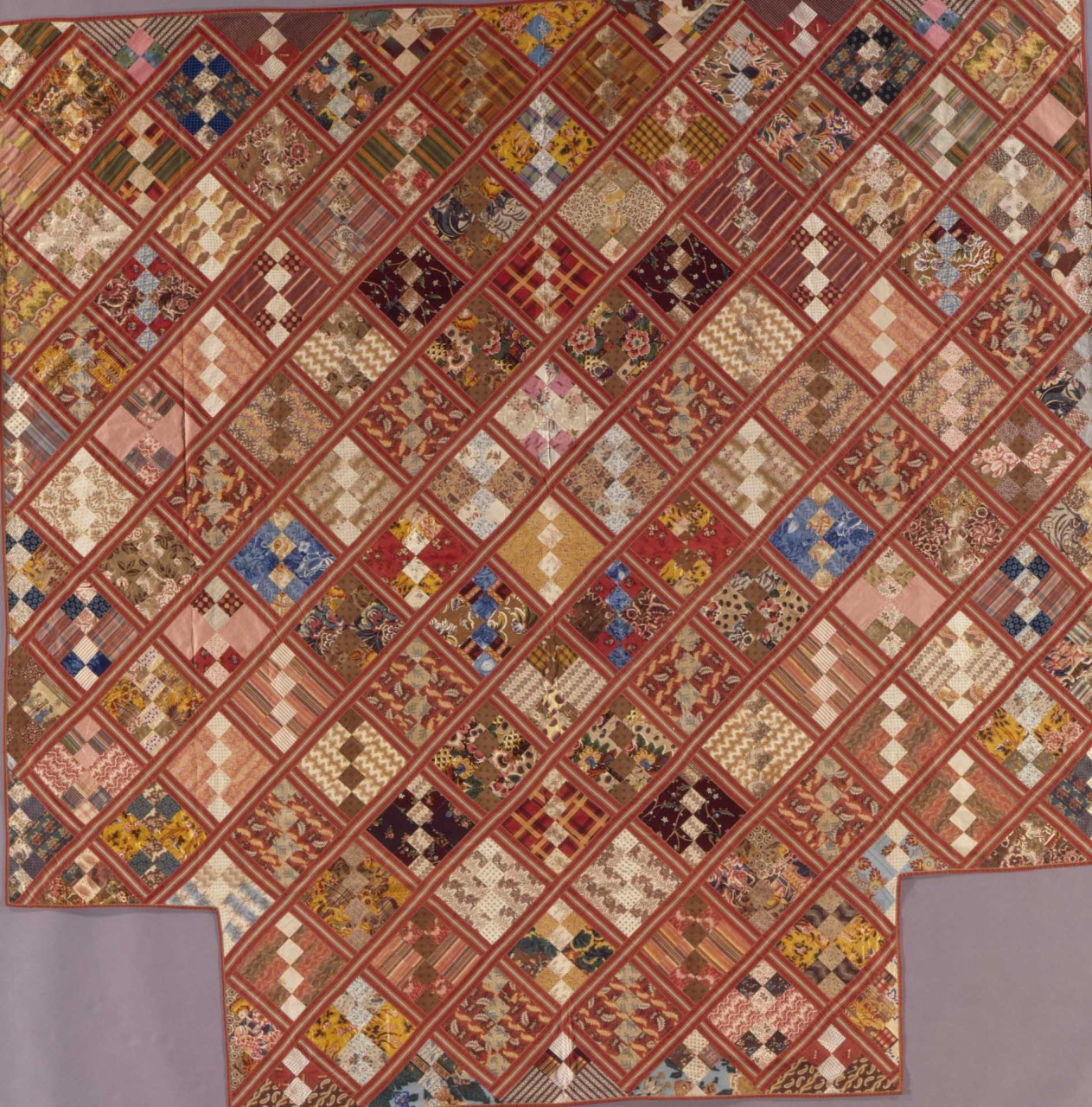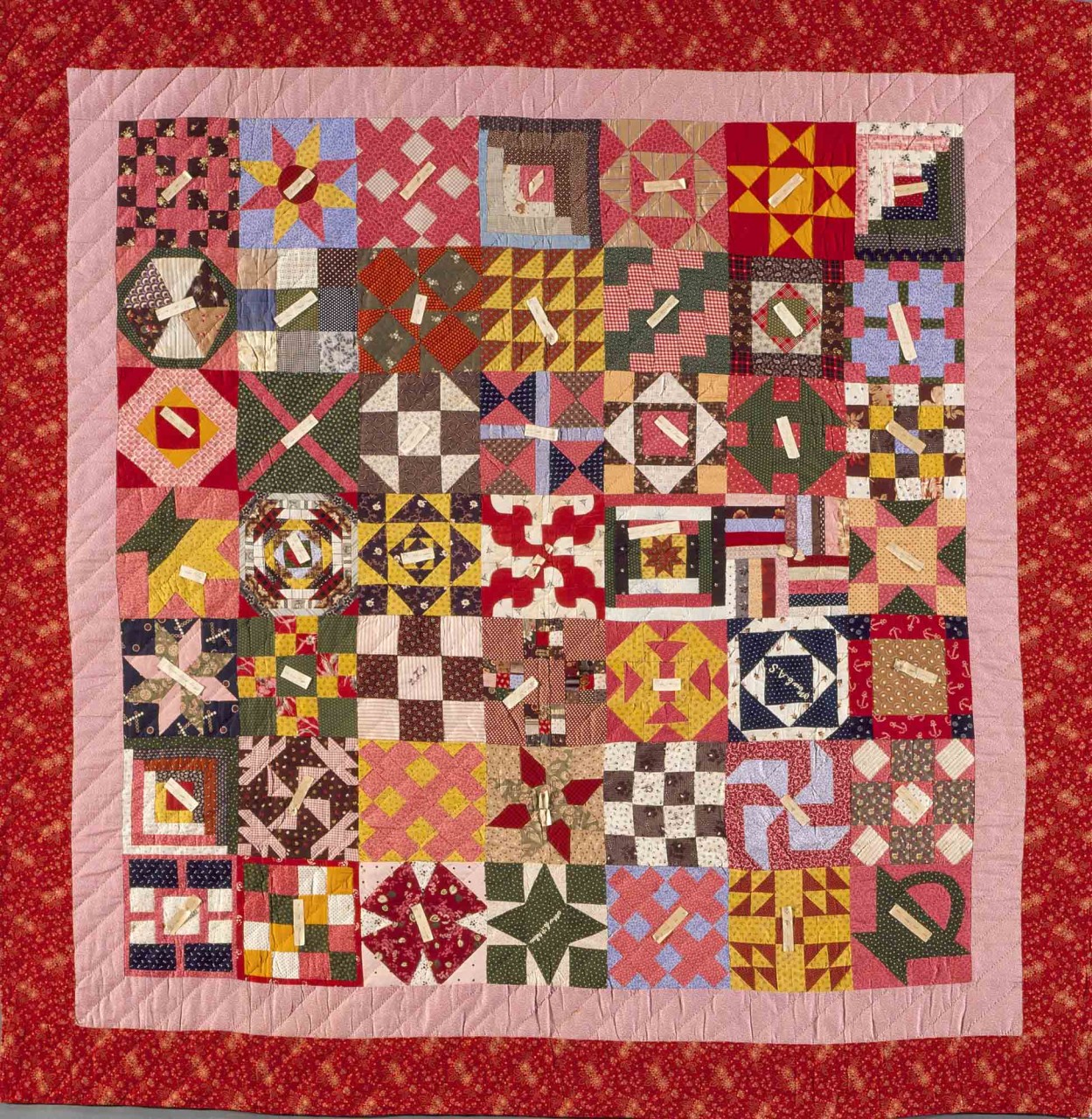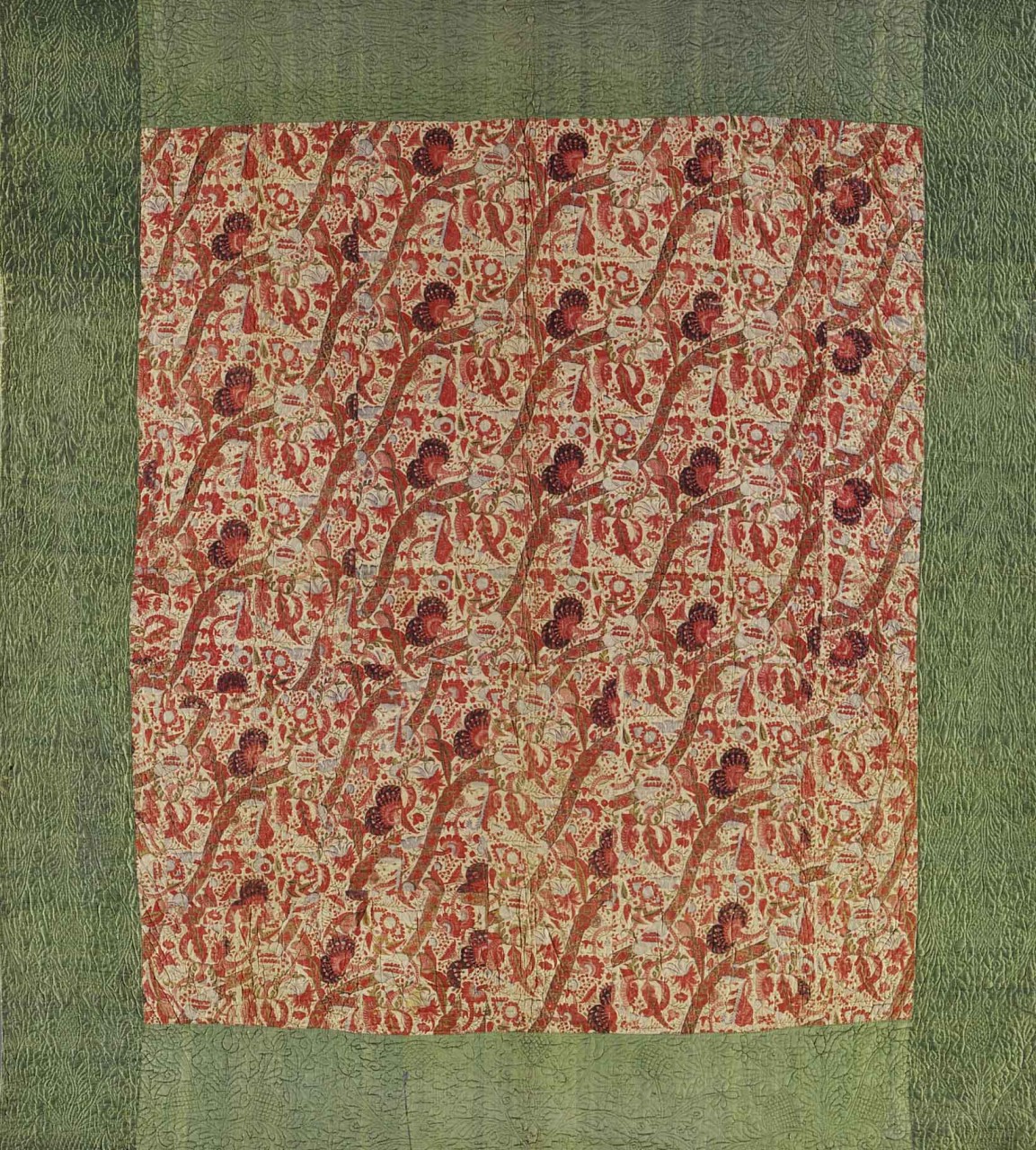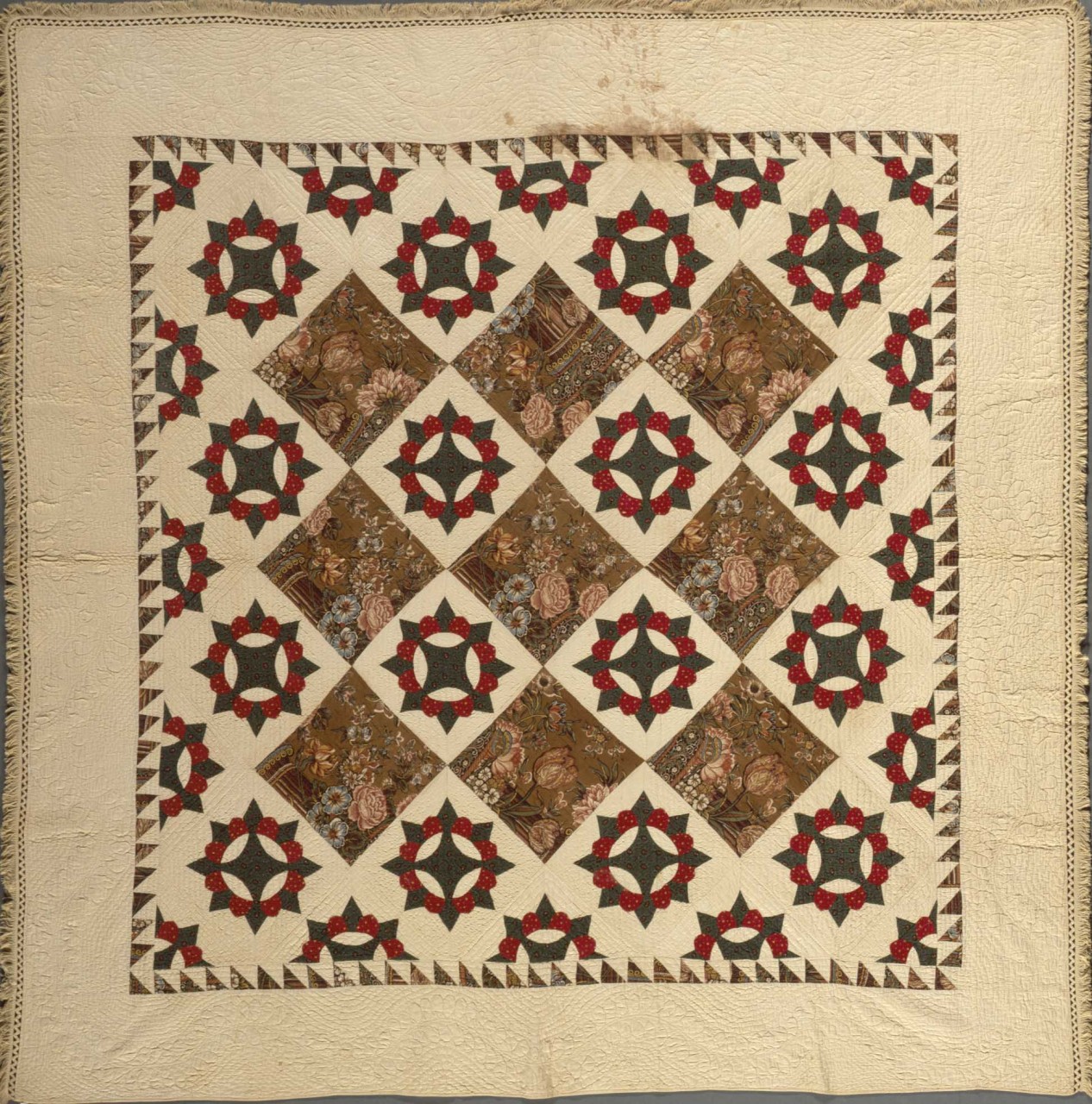Textiles and the Triplett Sisters
How to do Research

Right now, my world is being dominated by research which I enjoy. Research is the underpinning of those interested in antique quilts and quilt history. Of course, you can simply admire the beauty of the quilt, the artistry of the quilter, and the amazing fabric used in the quilt. However, if the quilt includes a name…look out we’re off to do research, especially if it is a signature quilt with lots of names.

Genealogy websites are very useful tools in this instance. The most frequently used site for this type of research is Ancestry.com, which is great for historical records, but don’t forget MyHeritage which has a global database, or LegacyTree if you want to hire a genealogist. Your local library may have free access to these databases as well as other sources to consider.

Once you touch base on the genealogy, don’t forget to search for other quilts with the same names or maker. Perhaps you’ll find the quilt artist made several quilts or a church group worked together on multiple quilts. The Quilt Index is a good place to start the search, as well as The International Quilt Museum as both collections have search engines that allow you to hunt for specific names.

Maybe the quilt doesn’t have any names in it but has a fabulous fabric. The fabric can be compared using a Google Photo Search by image (simply put that phrase into a search engine and the instructions come up.) Also, keep up on other’s work on specific fabric such as tracking Famous Fabrics in our Chintz Quilts from the Poos Collection book or Deborah Kraak and Terry Terrell’s work identifying flowers in fabric. Just a few tips to get you started, we’ll have more research tips coming in later blogs.

